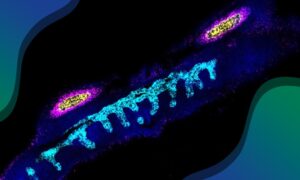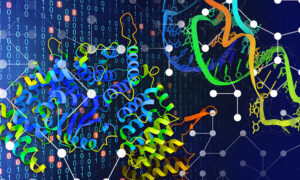
TREC: Exploring the ocean’s oxygen supply
Scientists are studying plankton to understand biodiversity, our health, and our planet’s future
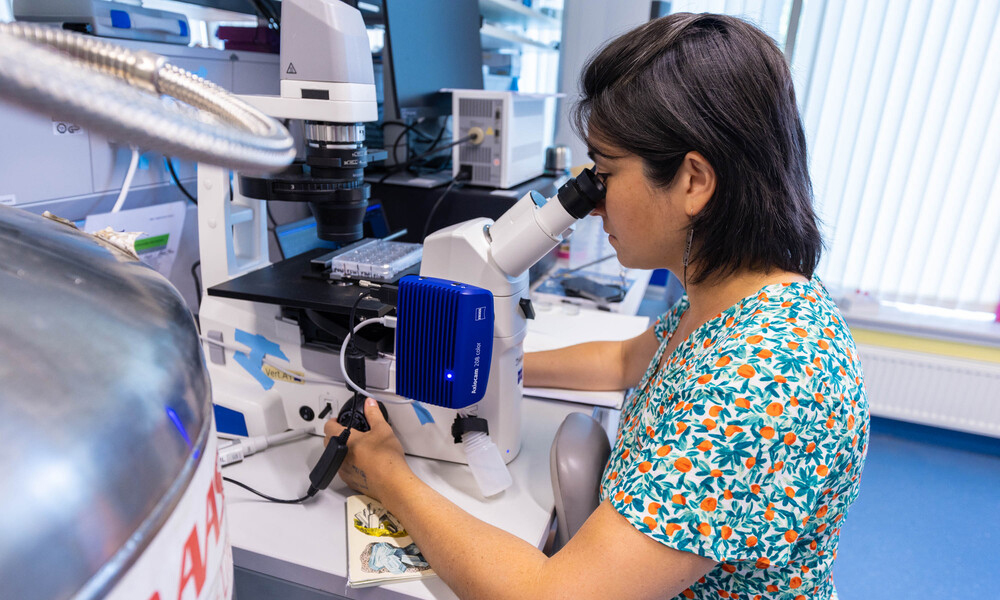
Barely a ripple disturbs the surface of the Gullmarsfjorden at Kristineberg in western Sweden, as EMBL Group Leader Flora Vincent and her team return from collecting plankton samples from this unique marine environment.
It’s a picture-perfect postcard setting, with a bright sun, blue sky, holidaymakers on the beach, pleasure craft cruising the waters, and colourful wooden homes lining the shore. But beneath the surface, the situation is less pleasant.
“The ocean might look healthy, but it is actually undergoing massive species decline, both in the macro and microfauna,” Vincent said. “We live on an extremely interconnected planet, so our health and sustainability on Earth depends on life in the ocean. Understanding how ocean biodiversity is going to change in the future is actually taking care of our future.”
As her contribution to better understanding humanity’s impact on our seas and coastlines, Vincent studies diatoms – a critical part of the ‘plankton realm’ – and her latest sampling trip has taken her to the Kristineberg Center for Marine Research and Innovation of the University of Gothenburg.
A member of the European Molecular Biological Resource Centre’s network, Kristineberg is one of the world’s oldest marine research stations and a partner in the EMBL-led Traversing European Coastlines (TREC) expedition.
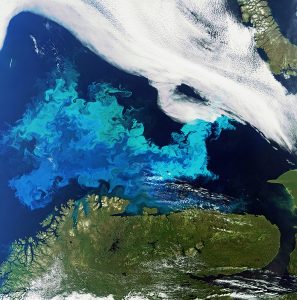
“Diatoms are small microscopic organisms that live in the ocean and play a huge role for our ecosystem, because they produce very large amounts of oxygen every year that are critical for life,” Vincent said. “They also form the basis of the food chain, because grazers feed on them. So understanding how and why diatoms can actually multiply so fast is basically to understand what sustains life in the ocean.”
Every year, diatoms start to massively proliferate to form huge blooms visible from space.
Vincent said: “We currently don’t really know what enables the start and the end of those blooms, and we think that microbial interactions are going to be central in determining the dynamics.”
Fellow EMBL group leaders Gautam Dey and Yannick Schwab are also part of the TREC research efforts to better understand the critical role of plankton and the impact of human factors including pollution, habitat destruction, and ocean acidification and warming.
“Diatoms interact with other species in the plankton realm – with viruses, with bacteria via symbiosis – but they also interact with their environment, and by ‘the environment’, we mean conditions such as temperature, pH, but also chemical pollution,” Vincent said.
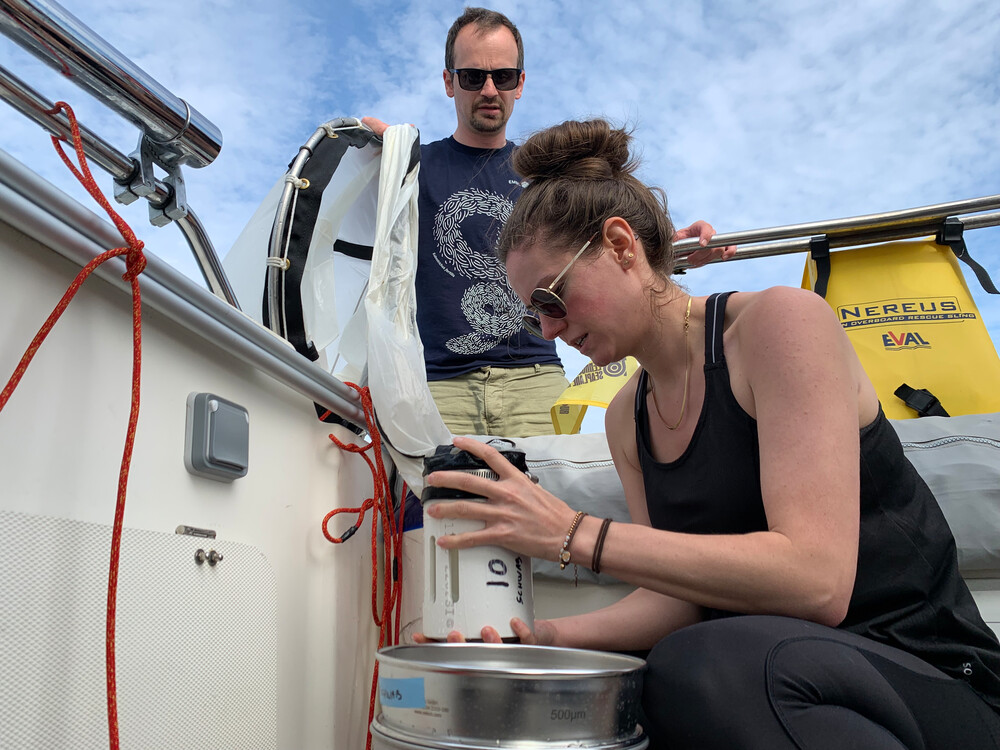
Initial research findings suggest an even more dramatic impact than previously thought, but the researchers need more data to draw clear conclusions.
The TREC expedition is the first time researchers from across Europe are studying life at all biological scales, from molecules to communities, along the entire European coast – all with the goal of providing a richer and deeper understanding of how ecosystems respond to natural and human-made challenges.
Visiting more than 120 sampling sites around European coastlines, the expedition combines ocean exploration by the Tara Ocean Foundation and Tara Oceans Consortium, with parallel sampling of soil, sediment, shallow water, and selected model organisms in various habitats. EMBL’s land-based mobile services and local marine research institutions such as Kristineberg provide key support.
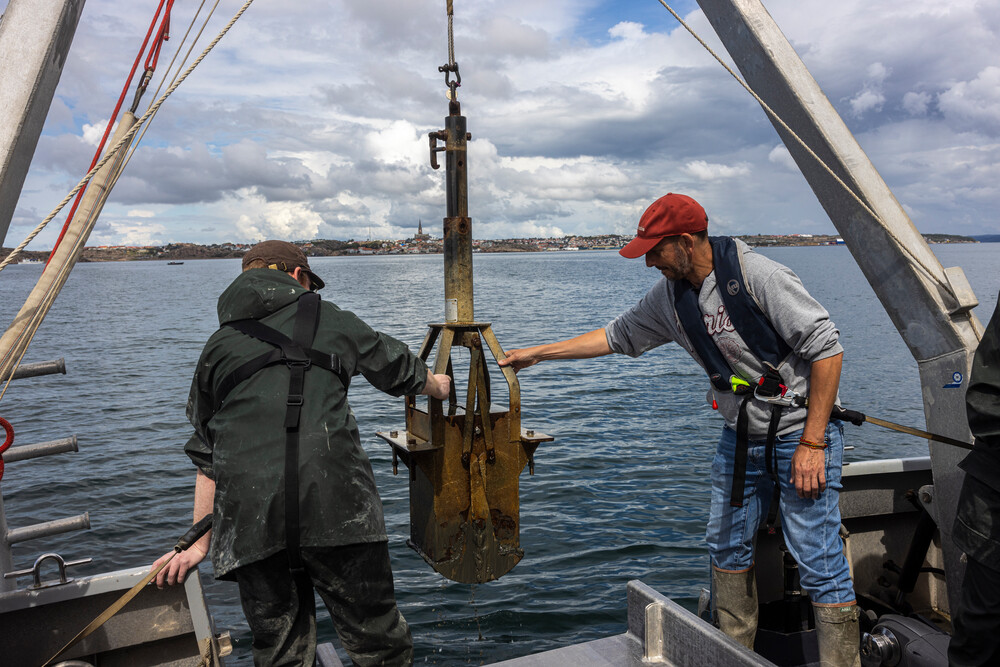
Sam Dupont is a senior lecturer at the University of Gothenburg, based at Kristineberg. “What’s going to happen in the future? We’ve been accumulating tons of evidence over the last 15 years showing that it’s not going to be good,” he said. “We are losing species. We are losing services that marine ecosystems are providing.”
He added: “It’s a global problem, so if you want to solve a global problem, you need to work together. An initiative like TREC allows us to have multiple places around Europe to work on the same problem and collect data to address the same issue. There’s no other way – we have to work together.”
Vincent agreed: “ Europeans have this amazing luxury and opportunity of several, very different ecosystems. In the north of Europe and also in the Mediterranean Sea, we have huge gradients of temperature, salinity, pH, and pollution, and we don’t really understand how those different gradients impact the biodiversity, be it on land or at sea.”
“This is why it’s so important to conduct these very large spatial-scale expeditions. For the first time, we can really compare biodiversity across land and across the marine ecosystem, along different environmental gradients.”
TREC has already visited sites in France, Belgium, the Netherlands, Denmark, Germany, Poland, Lithuania, Latvia, Estonia, Finland, Sweden, Norway, and the United Kingdom. Later in 2023, it will also visit Ireland, Spain, and Portugal. After a winter break, it will resume in 2024 and include stops in Italy, Greece, Montenegro and Malta.

